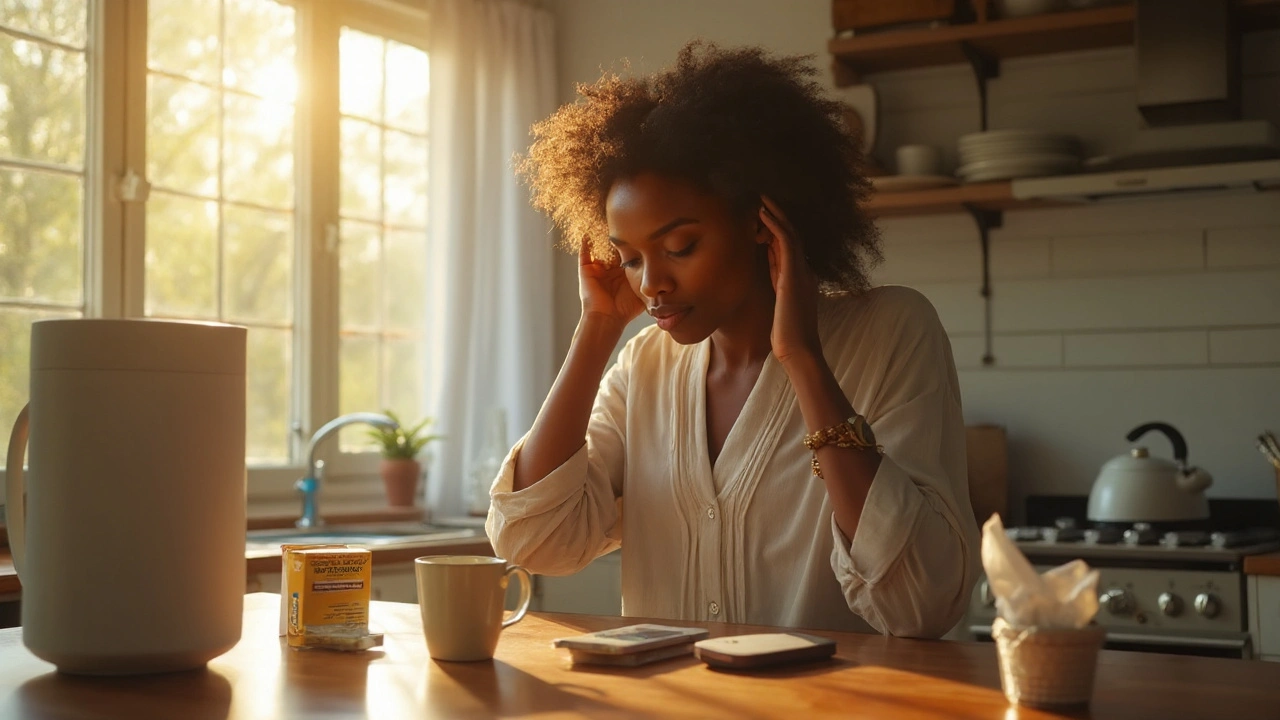
Tinnitus and Allergies: 2025 Step‑by‑Step Guide to Relief and Prevention
Ringing gets louder when allergies hit? Here’s a clear 2025 plan to calm tinnitus by treating allergies, easing ear pressure, and knowing when to see a doctor.
Ever felt a weird popping or fullness in your ear that won’t go away? That’s the classic sign of Eustachian tube dysfunction (ETD). The tiny tube that links your middle ear to the back of your throat isn’t working right, so pressure can’t equalize. The result? Blocked hearing, ear pain, and sometimes a ringing sensation.
The Eustachian tube opens when you swallow, yawn, or chew. Anything that blocks the opening can cause a backlog of pressure. Common triggers include a cold or sinus infection, allergies, rapid altitude changes (think flying or driving up a mountain), and even excess ear wax. Kids get it more often because their tubes are shorter and more horizontal.
Key symptoms are:
If these signs last longer than a week, or you notice sudden sharp pain or fluid draining, it’s time to see a doctor.
Most mild ETD episodes clear up on their own, but you can speed things up with a few simple tricks:
Stay hydrated and avoid smoking, as both keep mucus thick.
If home care doesn’t help, a doctor can check the ear with an otoscope and may prescribe:
In persistent cases, an ENT specialist might recommend a tiny tube (tympanostomy) placed in the eardrum to ventilate the middle ear.
Keeping the Eustachian tube clear is mostly about managing the triggers:
Following these steps can cut down on the annoying “blocked ear” feeling and keep your hearing sharp.
ETD is usually not serious, but it can be very uncomfortable. By recognizing the symptoms early and using a few easy home tricks, you’ll often get relief without a prescription. If the problem sticks around, don’t hesitate to get a professional opinion – it’s better to clear it up before it affects your balance or hearing long term.

Ringing gets louder when allergies hit? Here’s a clear 2025 plan to calm tinnitus by treating allergies, easing ear pressure, and knowing when to see a doctor.